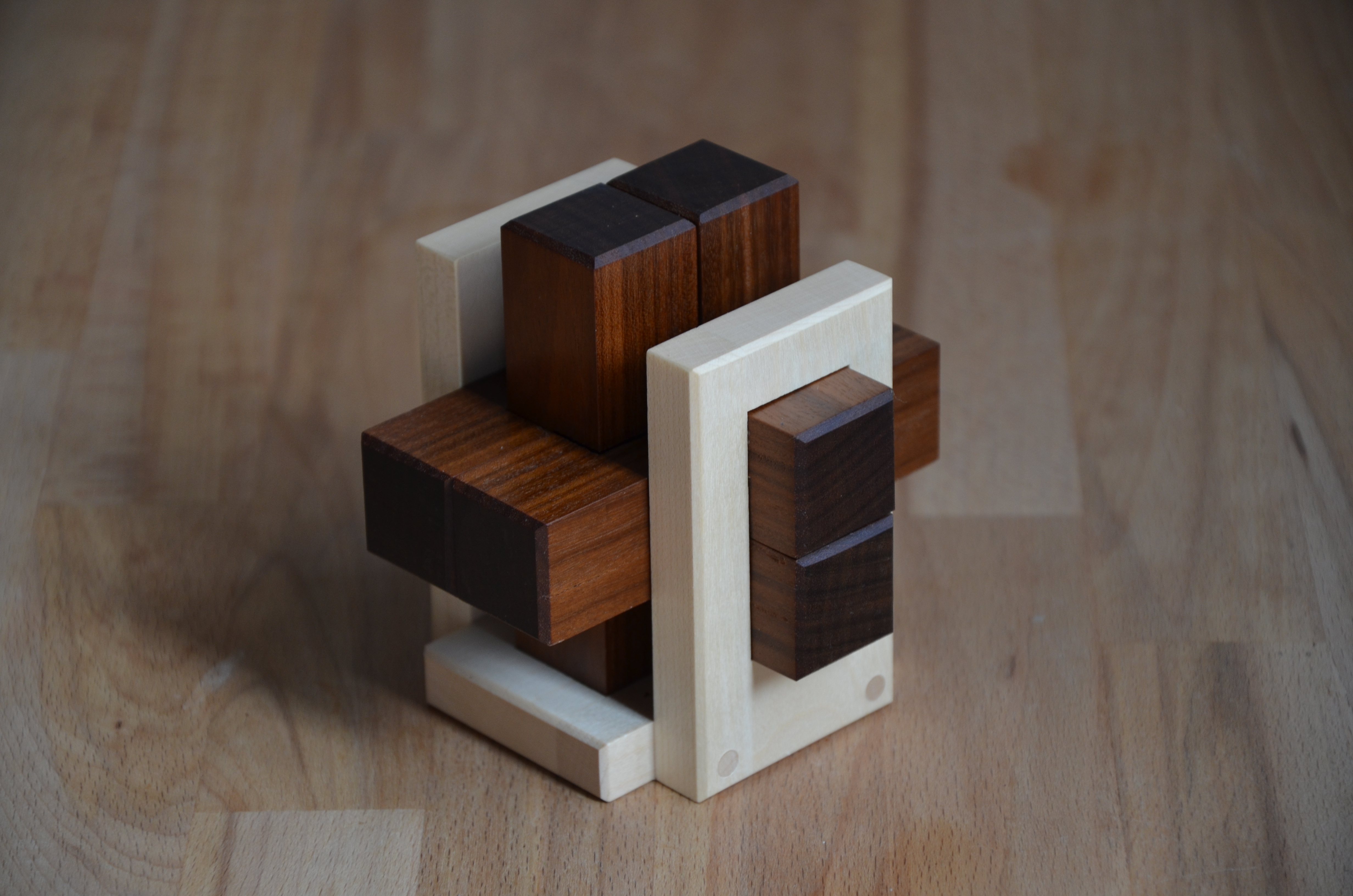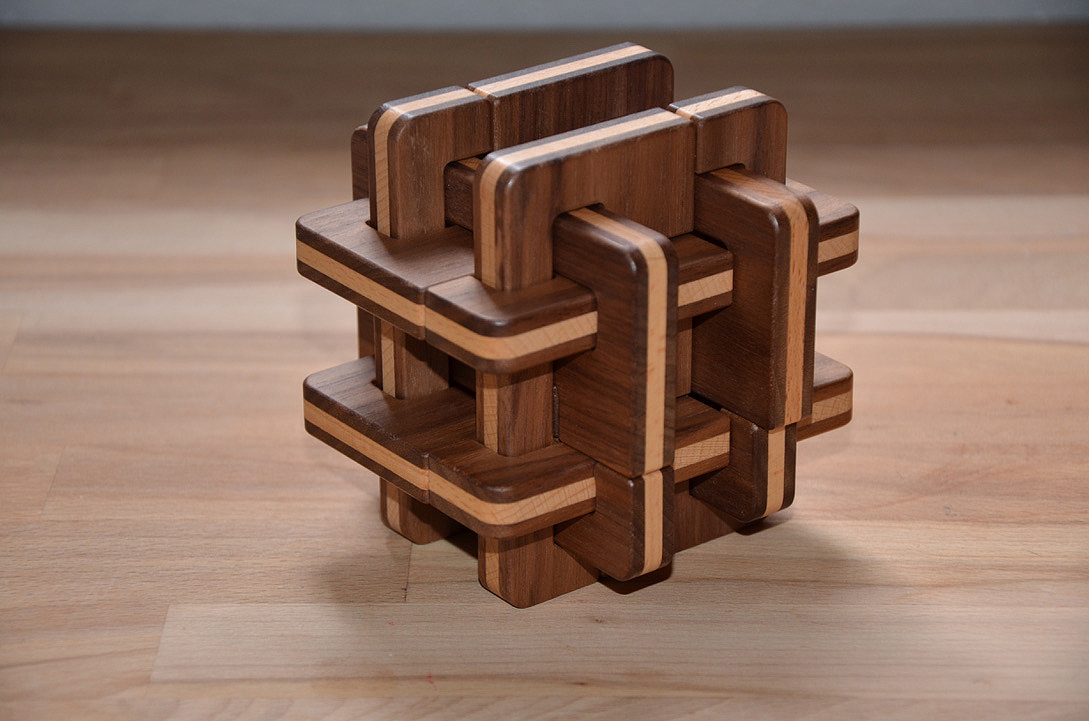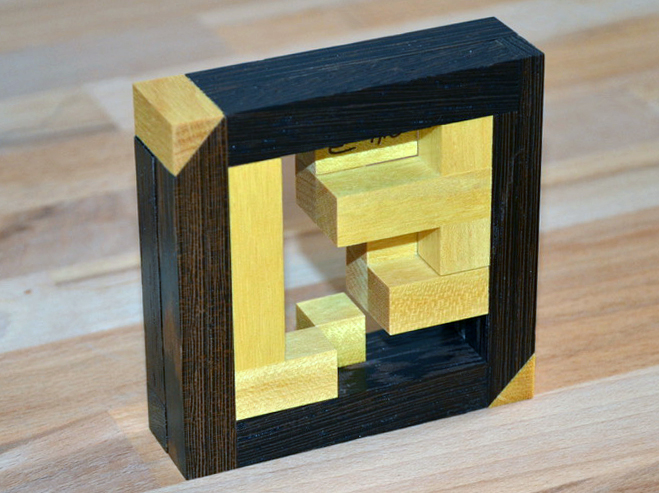February 2019
-
Read More: Blocage – Stéphane ChomineWooo yeah. I’m still buzzing from having just completed Blocage, design by Stephane Chomine and…
-
Read More: Doable 12 – Junichi YananoseWooooo boy. This week, I have Doable 12 created by Juno over at Pluredro. This…
-
Read More: YyYy – Osanori YamamotoYyYy – All right. Here we go. Time to go on a journey with YyYy…
-
Read More: 2 Rings – Chi-Ren Chen2 Rings is a puzzle that was made by Eric Fuller and was sold back…



